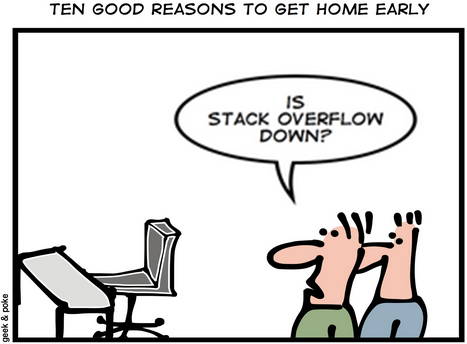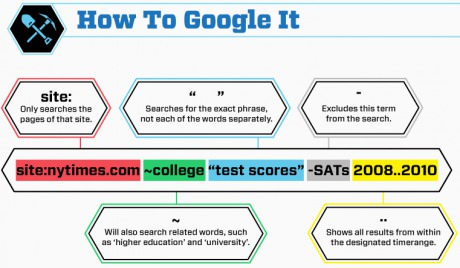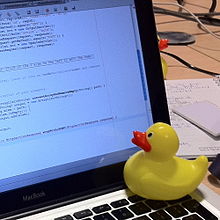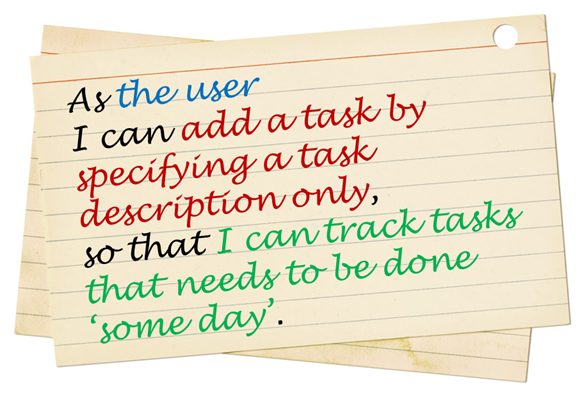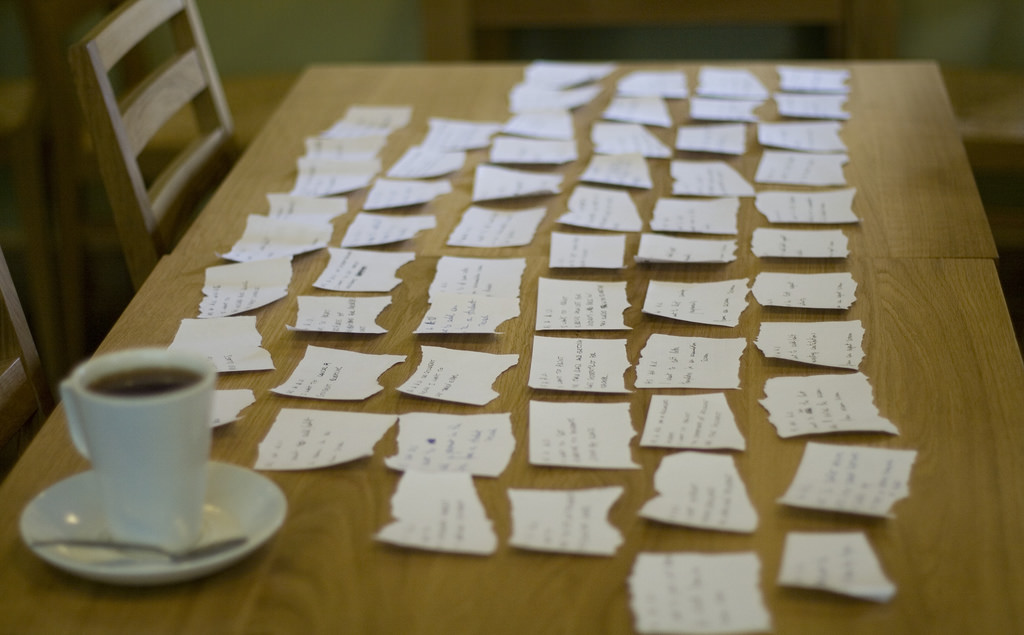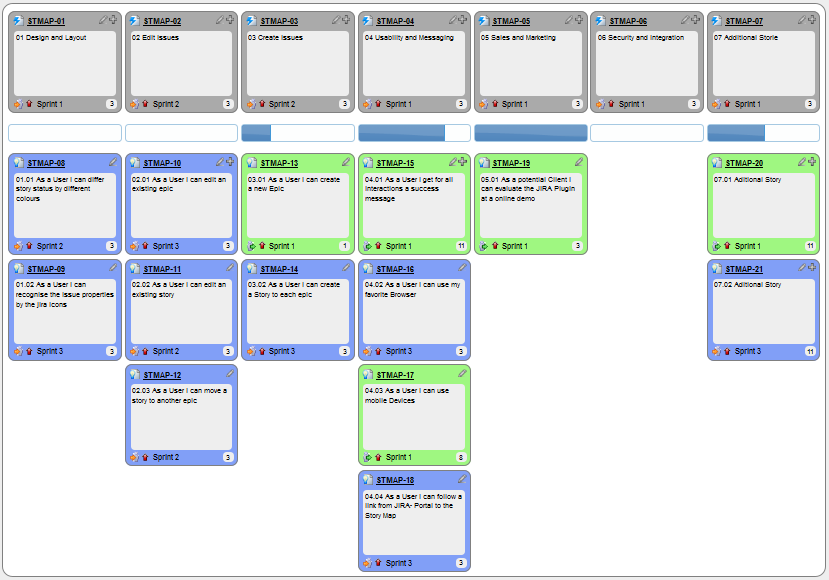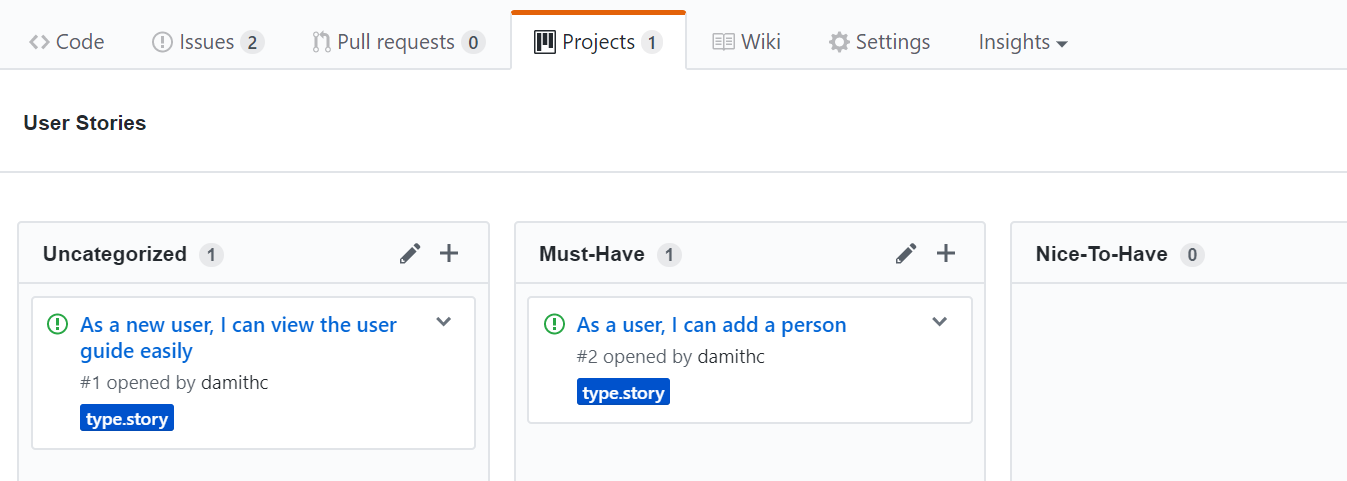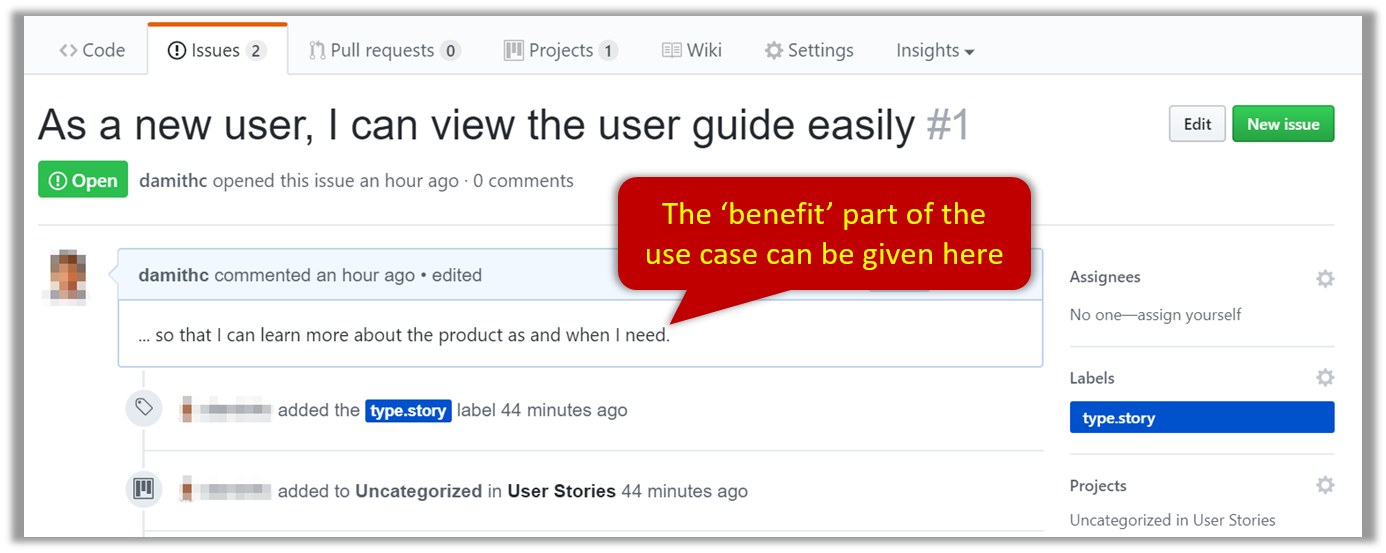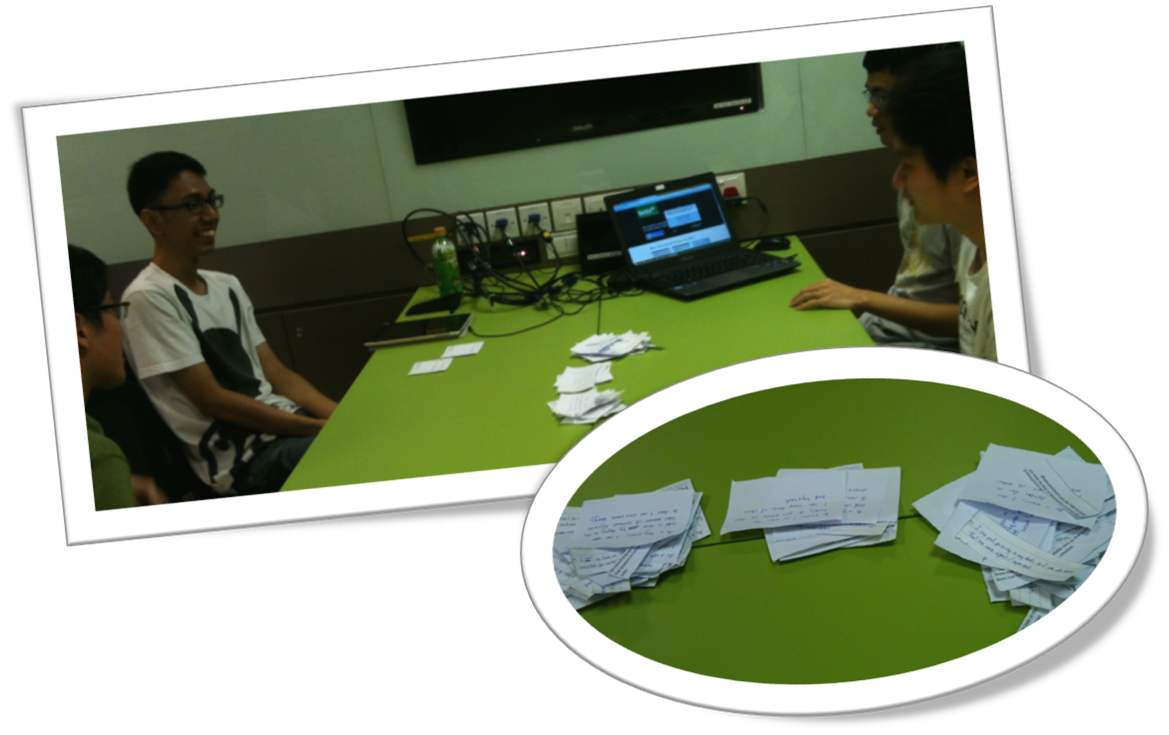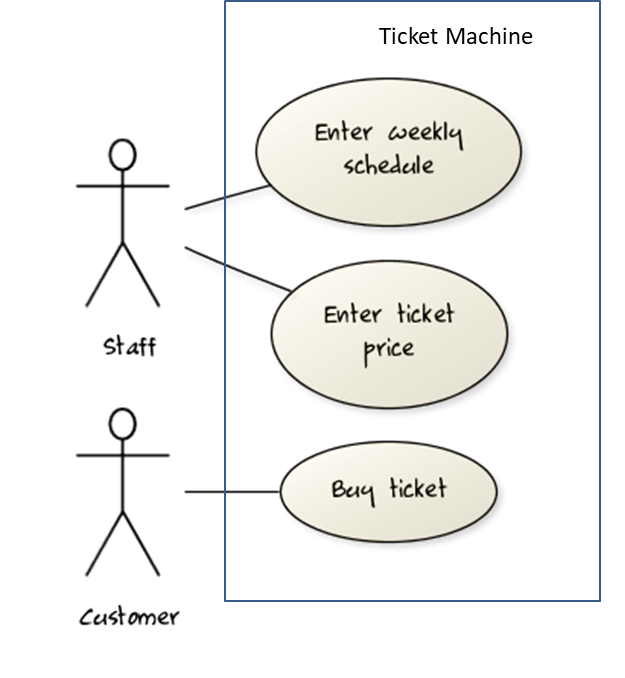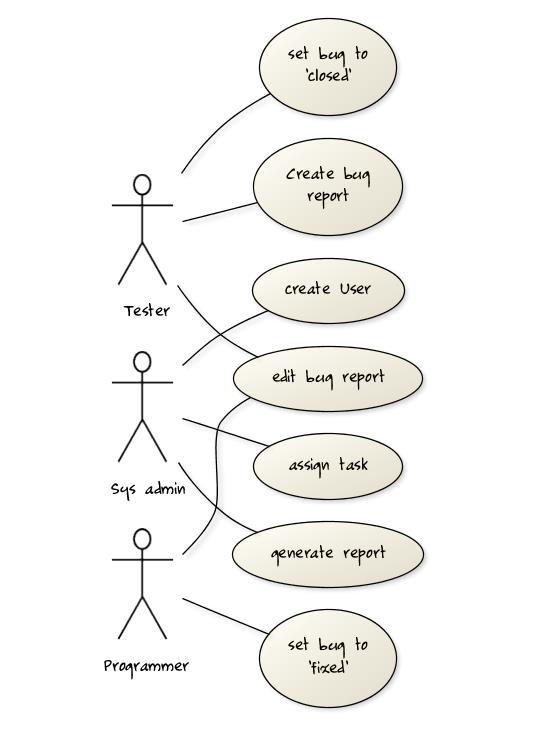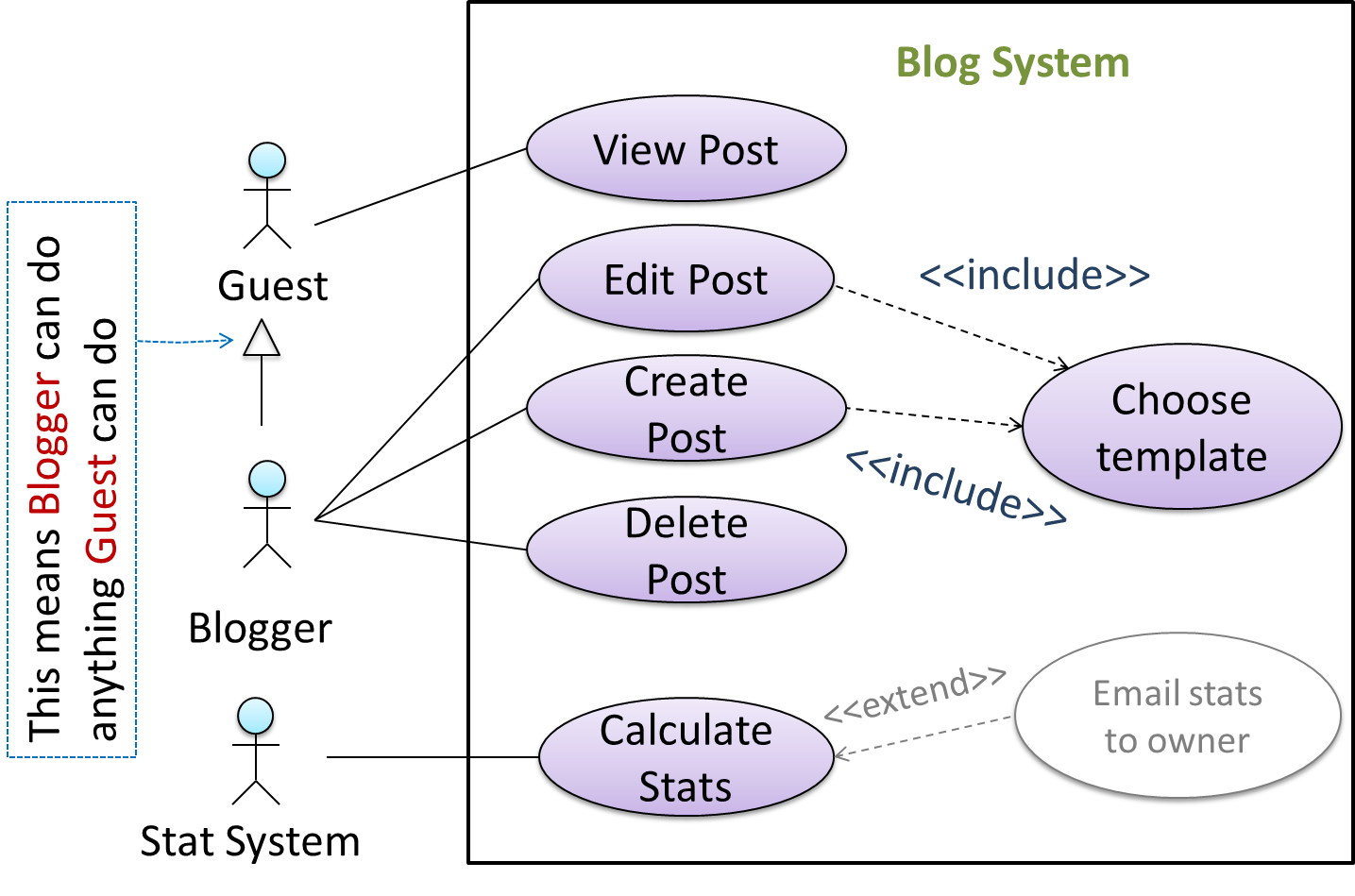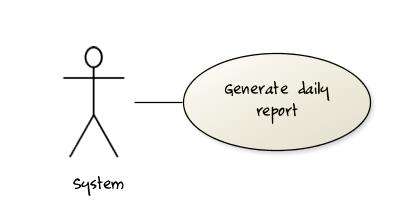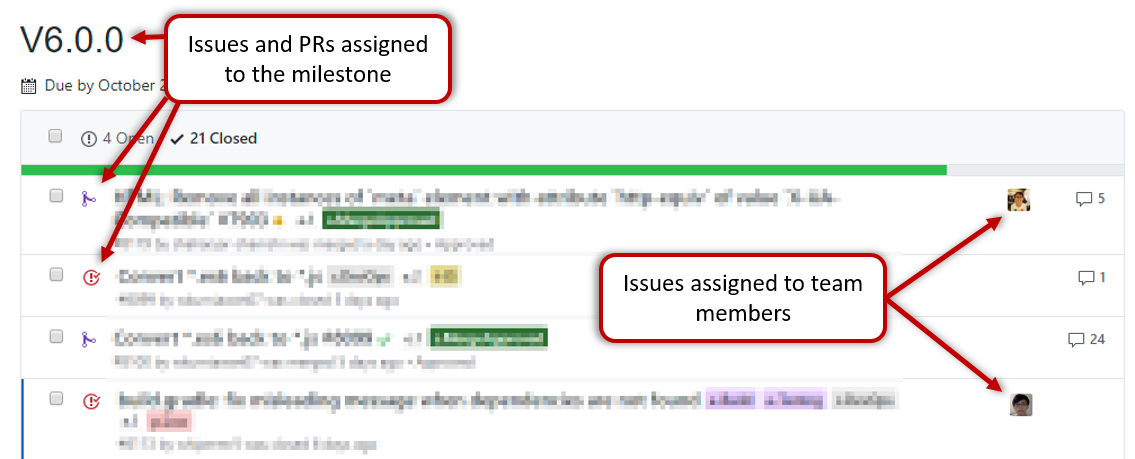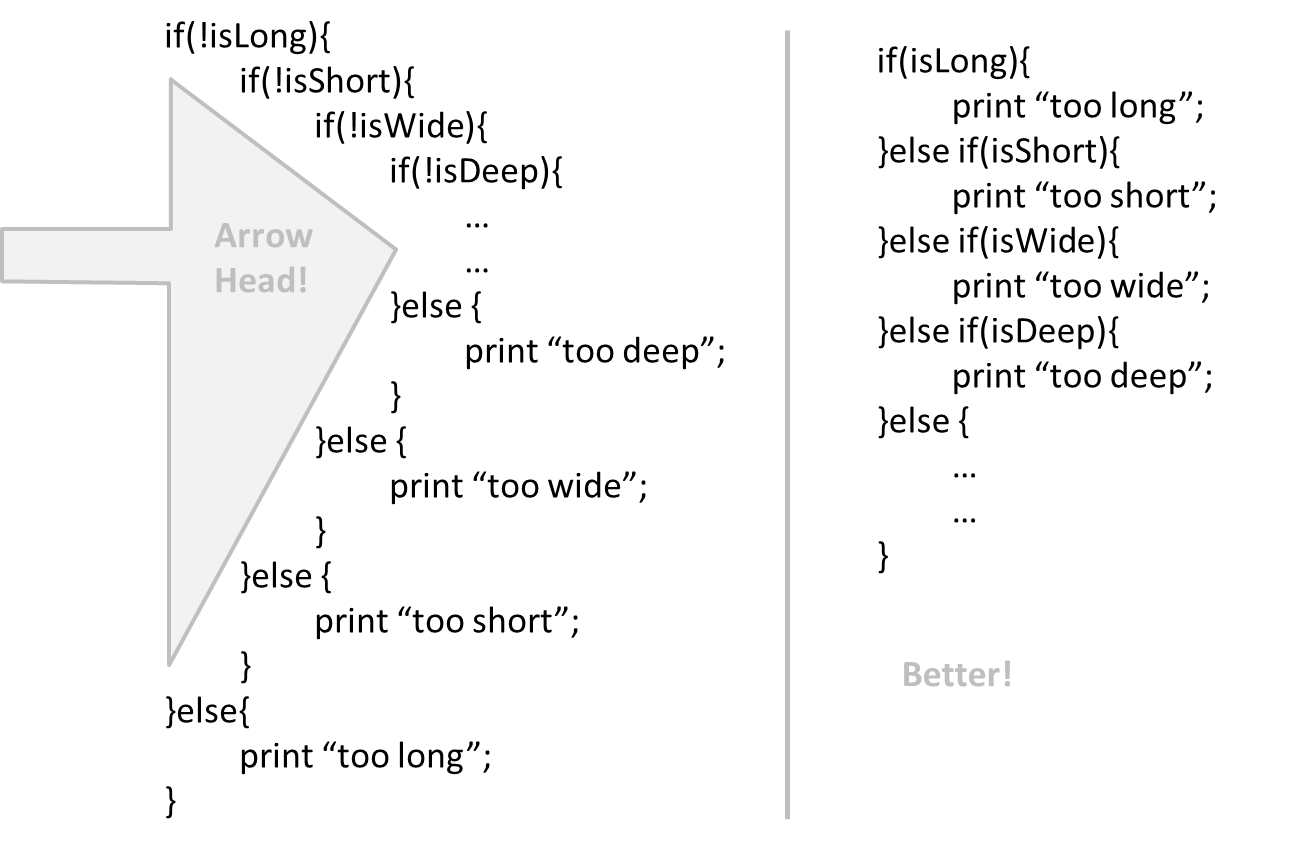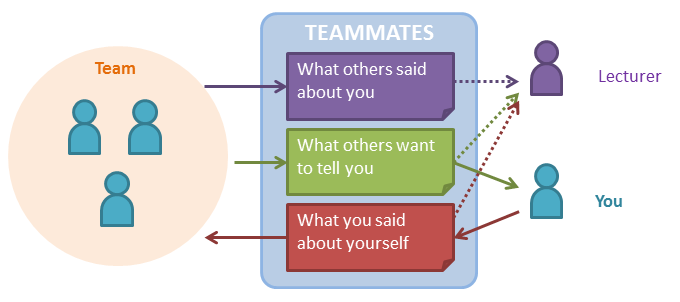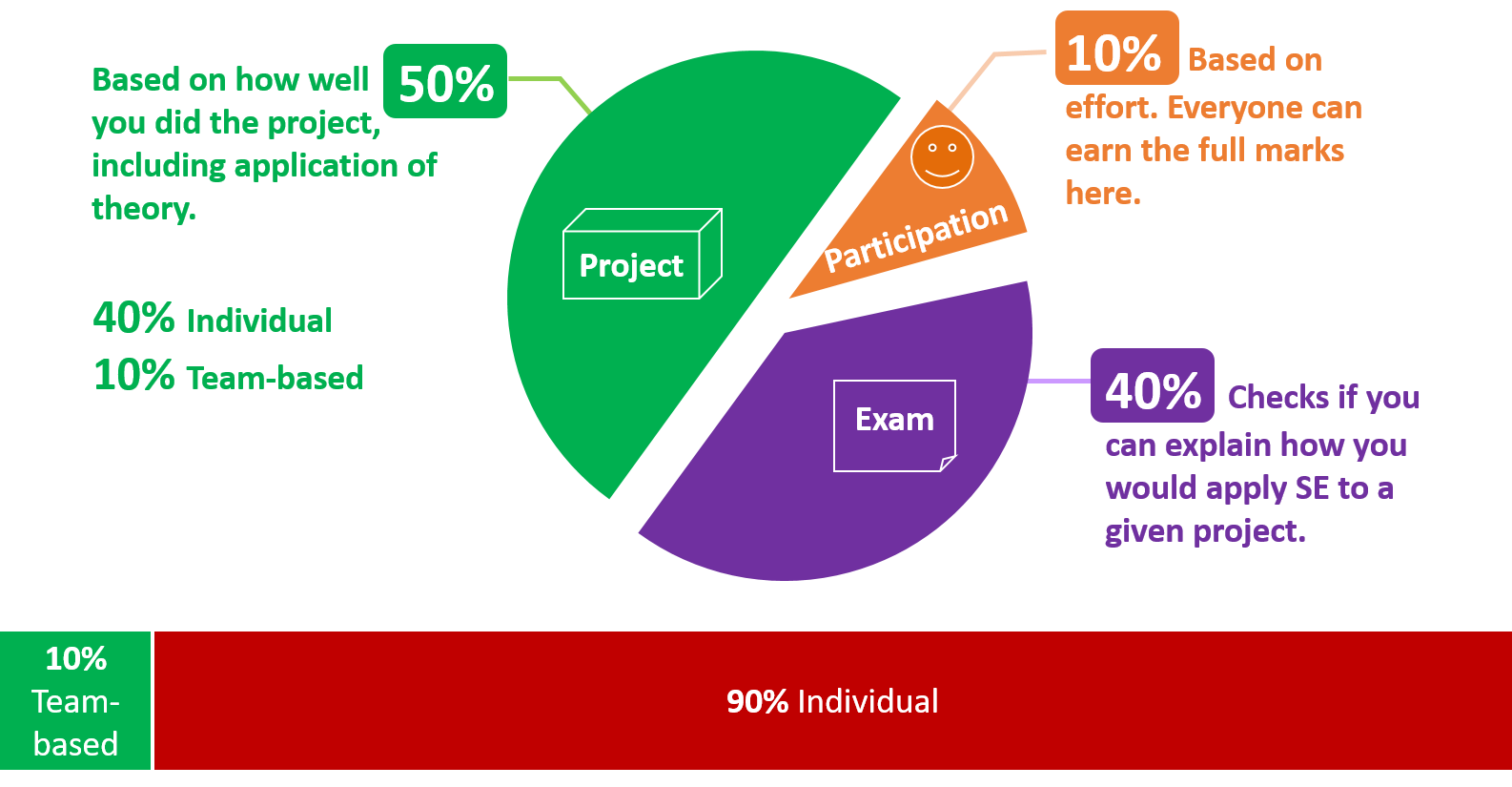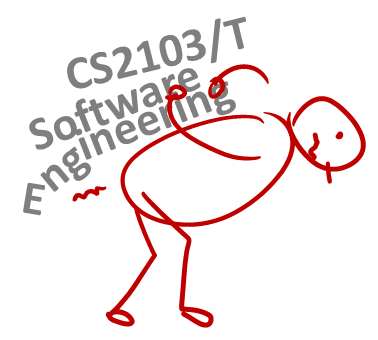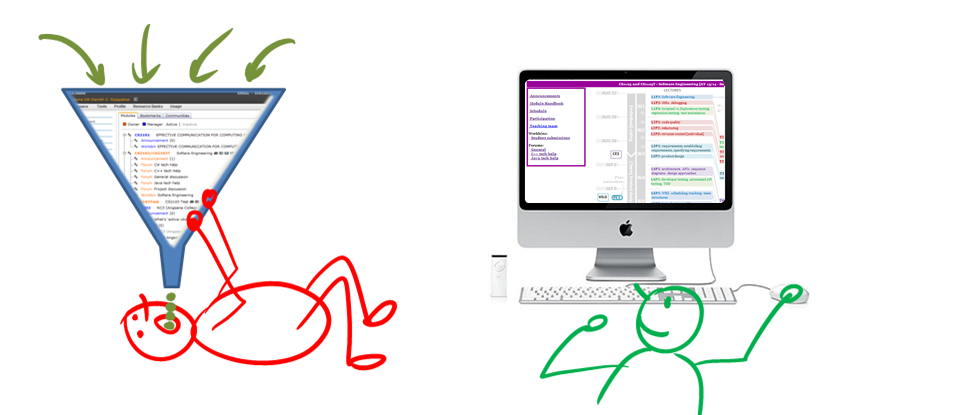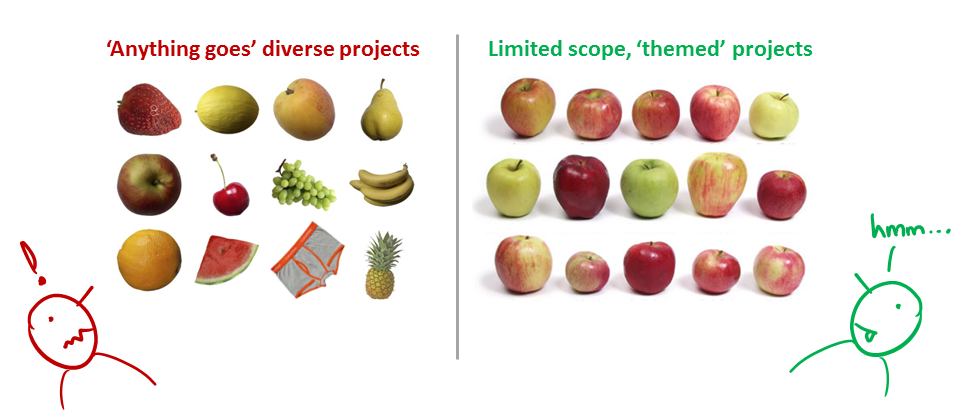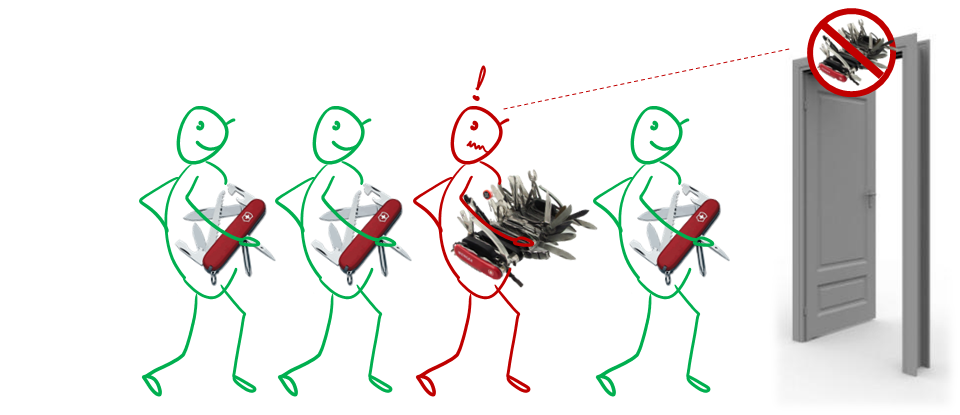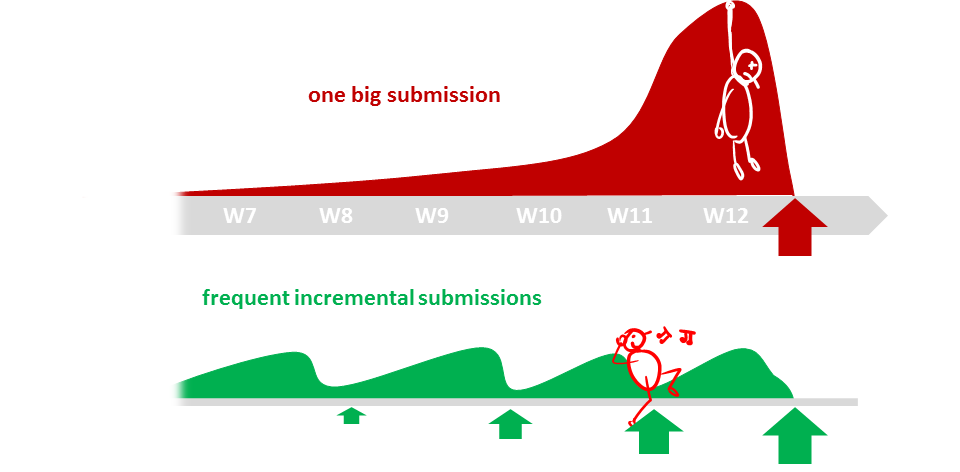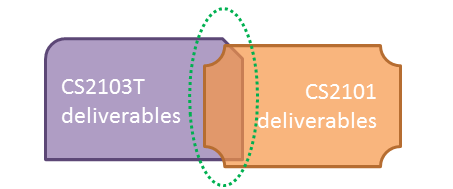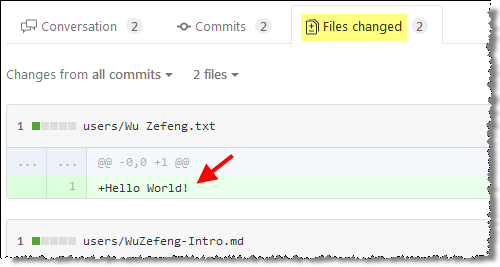There is no midterm.
The final exam has two parts:
- Part 1: MCQ questions (1 hour, 24 marks)
- Part 2: Essay questions (1 hour, 16 marks)
Both papers will be given to you at the start but you need to answer Part 1 first (i.e. MCQ paper). It will be collected 1 hour after the exam start time (even if arrived late for the exam). You are free to start
part 2 early if you finish Part 1 early.
Final Exam: Part 1 (MCQ)
Each MCQ question gives you a statement to evaluate.
📦 An example statement
Testing is a Q&A activity
Unless stated otherwise, the meaning of answer options are
A.Agree with confidence
B.Agree, but not confident
C.Question unclear (in this case,
write down your doubt in the question paper)
D.Disagree, but not confident
E.Disagree with confidence
Incorrect answers receive negative marks. Here is an example marking scheme for a question that gives you a correct statement. The scheme will be reversed if the statement given is incorrect.
A. Agree with confidence (+0.2)
B. Agree, but not confident (+0.1)
C. Question unclear (0)
D. Disagree, but not confident (-0.1)
E. Disagree with confidence (-0.2)
Negative marks are necessary because all questions are Agree/Disagree type. Without negative marks, anyone can score roughly half the marks by simply choosing the same option for all questions.
All questions carry equal marks.
The exam paper has 133 questions.
- 3 are dummy questions used for admin purposes (not graded).
- The remaining 130 questions includes 10 extra questions. i.e., you need only 120 correct answers to get full marks.
- These extra questions are meant as a safety buffer against mistakes you might commit under exam pressure or questions that are not clear to you.
- Alternatively, you can simply skip (or use option C for) 10 questions.
Note that you have slightly less than ½ minute for each question, which means you need to go through the questions fairly quickly.
Given the fast pace required by the paper, to be fair to all students, you will not be allowed to clarify doubts about questions (in Part 1) by talking to invigilators.
- If a question is not clear, you can choose option C and write your doubt in the exam paper, near the unclear question.
- If your doubt is justified (e.g. there is a typo in the question) or if many students found the question to be unclear, the examiner may decide to omit that question from grading.
Questions in Part 1 are confidential. You are not allowed to reveal Part 1 content to anyone after the exam. All pages of the assessment paper are to be returned at the end of the exam.
You will be given OCR forms to indicate your answers for Part 1. As each OCR form can accommodate only 50 answers, you will be given three OCR forms. Indicate your student number in all three OCR forms.
To save space, we use the following notation in MCQ question.
[x | y | z] means ‘x and z, but not y’
📦 SE is [boring | useful | fun] means SE is not boring AND SE is useful AND SE is fun.
📦 Consider the following statement:
- IDEs can help with [writing | debugging | testing] code.
The correct response for it is Disagree with confidence because IDEs can help with all three of the given options, not just writing and testing.
Some questions will use underlines or highlighting to draw your attention to a specific part of the question. That is because those parts are highly relevant to the answer and we don’t want you to miss
the relevance of that part.
📦 Consider the statement below:
Technique ABC can be used to generate more test cases.
The word can is underlined because the decision you need to make is whether the ABC can or cannot be used to generate more test cases; the decision is not whether ABC can be used to generate more or better test cases.
Markers such as the one given below appears at left margin of the paper to indicate where the question corresponds to a new column in the OCR form. E.g. questions 11, 21, 31, etc. (a column has 10 questions). Such markers can
help you to detect if you missed a question in the previous 10 questions. You can safely ignore those markers if you are not interested in making use of that additional hint.
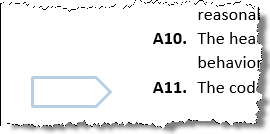
Some questions have tags e.g., the question below has a tag JAVA. These tags provide additional context about the question. In the example below, the tag indicates that the code given in the question
is Java code.

The paper is open-book: you may bring any printed or written materials to the exam in hard copy format. However, given the fast pace required by Part 1, you will not have time left to refer notes during that part of the exam.
💡 Mark the OCR form as you go, rather than planning to transfer your answers to the OCR form near the end. Reason: Given there are 130+ questions, it will be hard to estimate how much time you need to mass-transfer all answers to OCR forms.
💡 Write the answer in the exam paper as well as marking it in the OCR form. Reason: It will reduce the chance of missing a question. Furthermore, in case you missed a question, it will help you correct the OCR form quickly.
💡 We have tried to avoid deliberately misleading/tricky questions. If a question seems to take a very long time to figure out, you are probably over-thinking it.
Final Exam: Part 2 (Essay)
Unlike in part 1, you can ask invigilators for clarifications if you found a question to be unclear in part 2.
Yes, you may use pencils when answering part 2.
[Sample paper] [
Answers to the sample paper]


